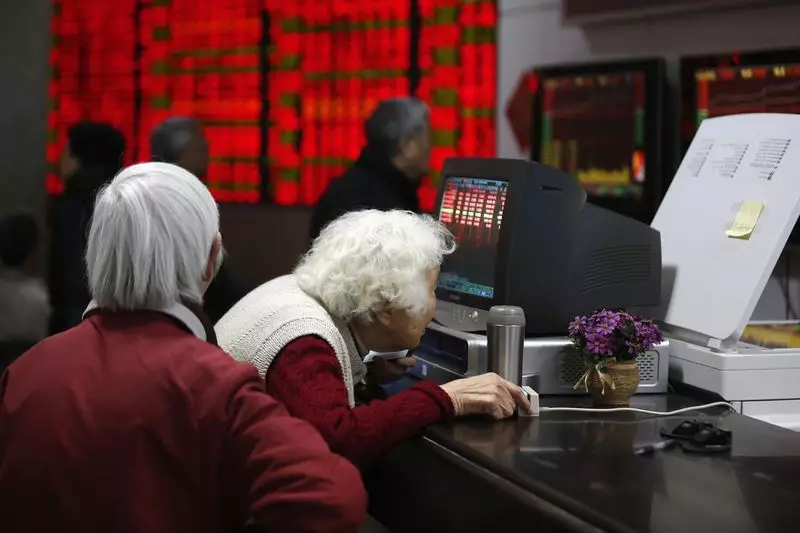On Tuesday, the atmosphere surrounding Asian currencies reflected a cautious stance, primarily influenced by speculations about imminent decisions from major central banks, including the U.S. Federal Reserve. As markets anticipate a modest interest rate reduction of 25 basis points from the Fed on Wednesday, there is also an undercurrent of concern that this easing might slow down significantly through 2025. These expectations have fortified the U.S. dollar while exerting downward pressure on Asian currencies, indicating a delicate balancing act in the currency markets as investors navigate their positions ahead of potential shifts in monetary policy.
During the early trading hours, the U.S. Dollar Index maintained a stable presence, with futures showing slight upward movements. This stability highlights a market consolidation phase where traders remain vigilant about the Fed’s upcoming decisions and their implications on global finance. Notably, the USD/JPY pair remained relatively flat, reflecting broader market sentiments. Reports from Reuters suggested that the Bank of Japan is likely to keep its interest rates steady, diverging from previous expectations for a potential hike, which adds another layer of complexity to the market dynamics in the region.
The Indonesian rupiah demonstrated resilience with a 0.4% increase against the dollar, driven by expectations that the central bank would maintain its key interest rate to bolster economic stability. In contrast, the Thai baht saw a modest 0.2% improvement, as market participants awaited the Bank of Thailand’s decisions after a surprising rate cut last month. Conversely, the Philippine peso faced slight depreciation, declining 0.1% against the greenback as investors brace for another anticipated cut by the Bangko Sentral ng Pilipinas.
As traders position themselves for the Fed rate adjustment, the dollar index reversed earlier trends to gain slight traction, hovering near its highest level since late November. The CME FedWatch Tool has indicated an increased probability—37%—of either a significant rate cut or a halt in cuts for the remaining year, up from approximately 21% a week prior. This subtle shift in expectations illustrates the market’s adaptability and the key influences of U.S. monetary policy on the broader Asian financial landscape.
Challenges in Specific Markets
Analyzing the movements of other currencies, the Chinese yuan saw a minor uplift, yet the backdrop of waning consumer spending signals persistent economic challenges. On the other hand, the South Korean won faced headwinds, dropping by 0.2% amid political turmoil, including the recent impeachment of President Yoon Suk Yeol over his controversial martial law decree. This instability compounds concerns regarding South Korea’s economic strategies, making it a focal point for currency traders.
While Asian currencies remain largely subdued in the face of global monetary policy shifts, the intricate interplays of local economic conditions and geopolitical events shape the outlook for regional currencies amid ongoing uncertainties. The evolving landscape will continue to demand keen attention from investors as we head into critical financial decision-making periods.

